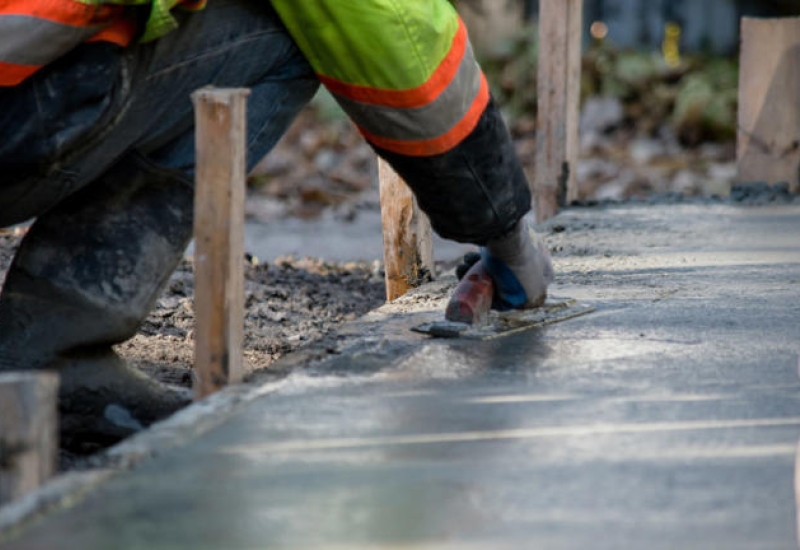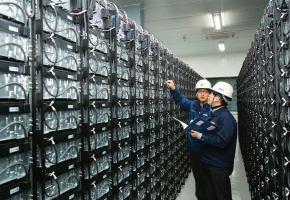Japan turns geothermal waste into super grout to boost earthquake resistance by 50%

Scientists in Japan have come up with a new way to make soil stronger using waste fluids from geothermal energy plants. This new grout material, called Colloidal Silica Recovered from Geothermal Fluids (CSRGF), is an environmentally friendly alternative to traditional grouting methods and improves soil stability significantly.
Grouting is a construction method where special materials are injected into the ground to make it stronger. This process is commonly used to stabilize buildings, roads, bridges, and tunnels, especially in areas with weak soil. It is particularly important in places that experience earthquakes because it helps prevent liquefaction – a process where the ground becomes unstable due to shaking.
Liquefaction can cause buildings to tilt, sink, or even collapse, leading to devastating damage and loss of life. However, traditional grouting materials require a lot of energy to produce and release carbon emissions, which contribute to climate change.
To tackle this issue, a team led by Professor Shinya Inazumi from the Shibaura Institute of Technology developed CSRGF. “Geothermal energy production generates large amounts of silica-rich waste fluids, which traditionally pose maintenance and disposal challenges,” elaborated Inazumi.
Source: Interesting Engineering
Image: CSRGF







